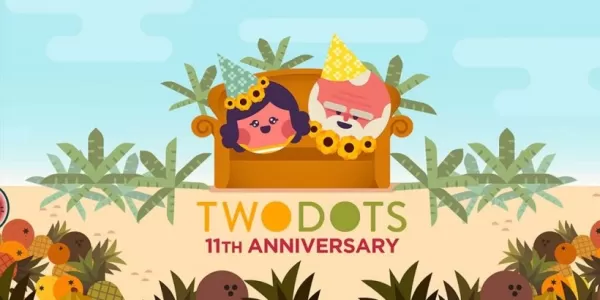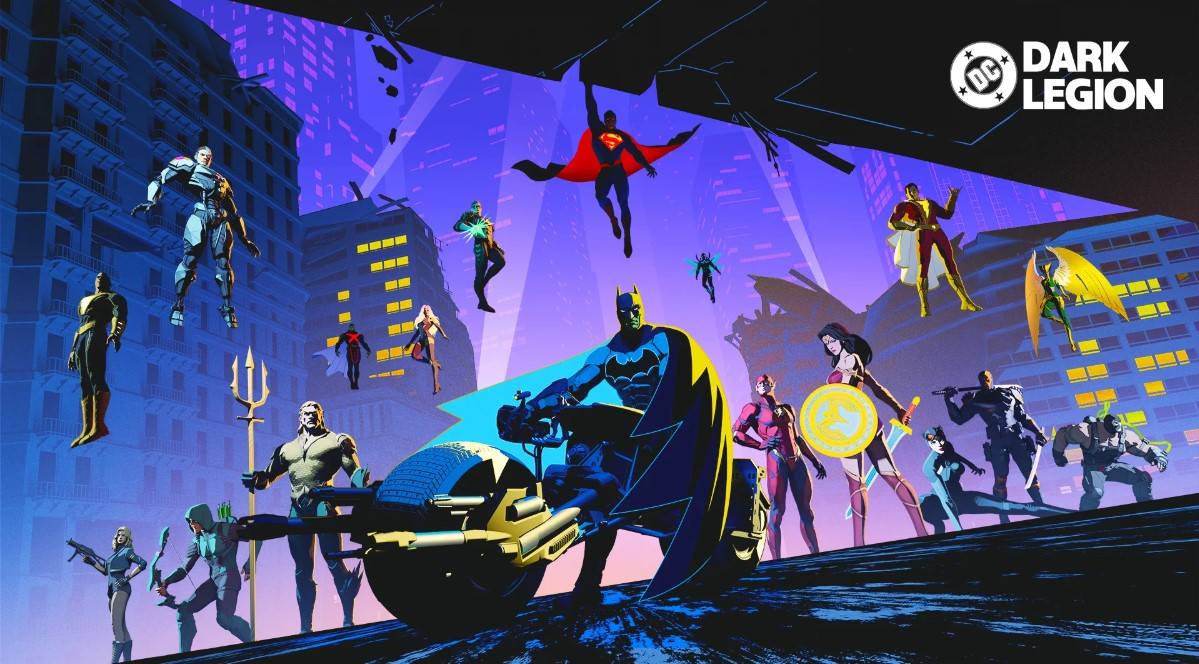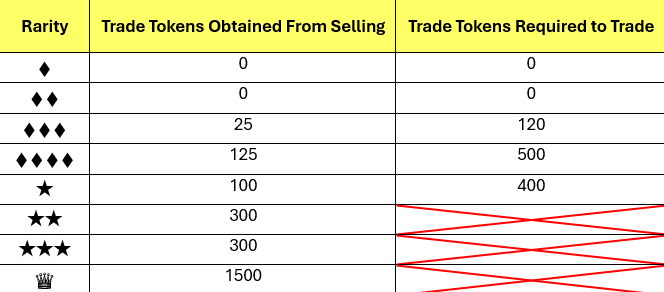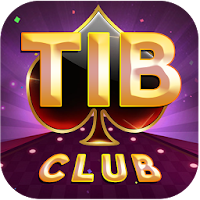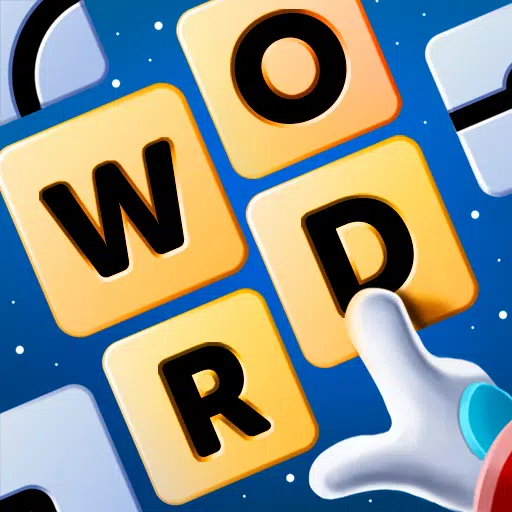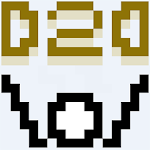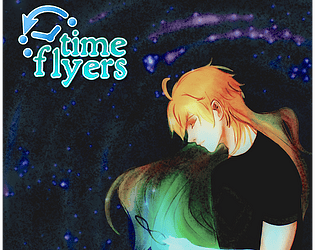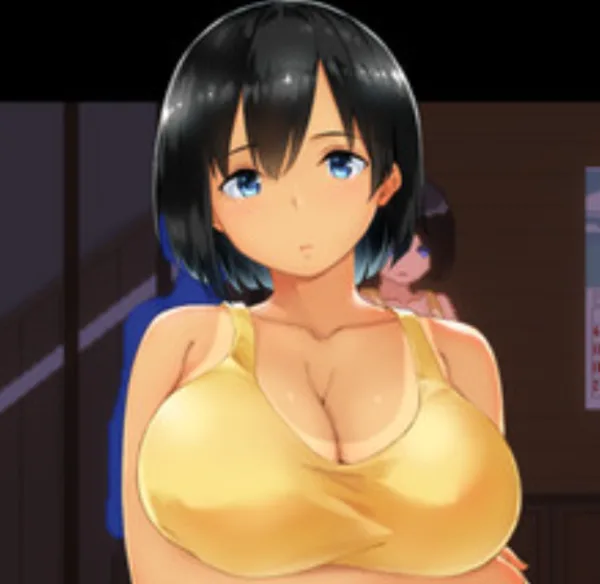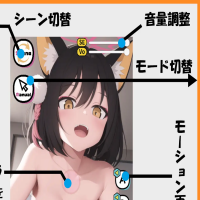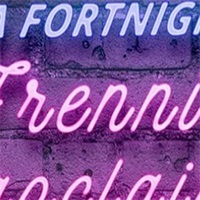In the vibrant world of Minecraft, terracotta stands out as a favored building material cherished for its durability and a palette of colors that can transform any structure. This article delves into the art of crafting terracotta, its unique properties, and its versatile applications in your Minecraft builds.
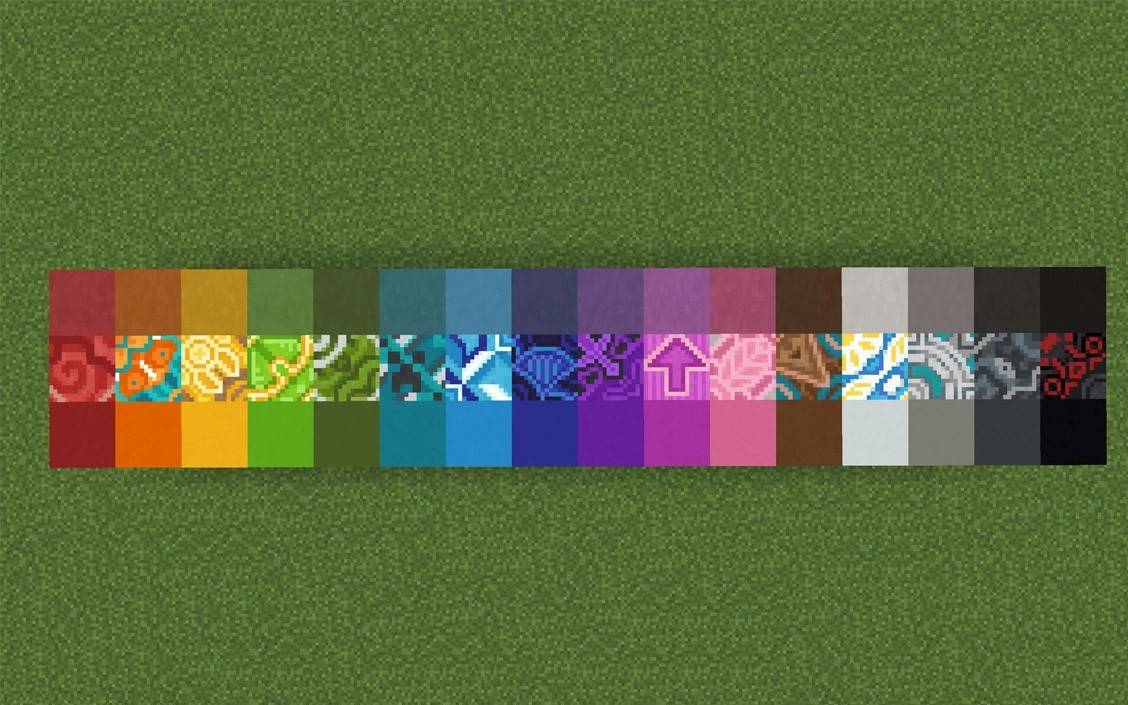 Image: planetminecraft.com
Image: planetminecraft.com
Table of Contents
- How to Get Terracotta in Minecraft
- The Ideal Place for Gathering Terracotta
- Types of Terracotta
- How to Use Terracotta in Crafting and Construction
- Availability of Terracotta in Different Versions of Minecraft
How to Get Terracotta in Minecraft
To embark on your terracotta journey, you'll first need to gather clay. This resource is commonly found in bodies of water, rivers, and swamps. Once you've located clay blocks, break them to collect clay balls. These balls are then transformed into terracotta by smelting them in a furnace, which requires fuel like coal or wood.
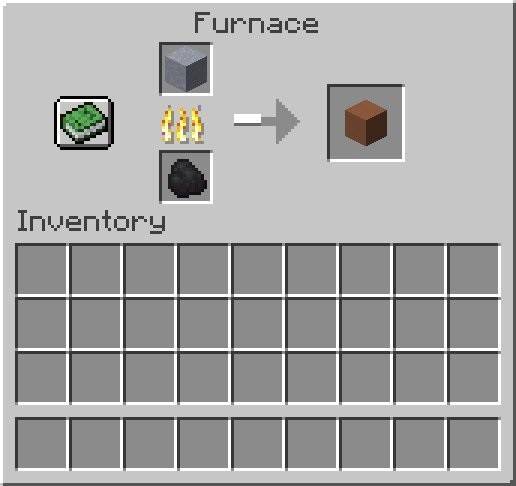 Image: ensigame.com
Image: ensigame.com
Beyond crafting, terracotta can be discovered in certain generated structures, particularly in the mesa biome, where naturally colored variants are abundant. In the Bedrock Edition, players can also acquire this block through trading with villagers, adding another layer of accessibility.
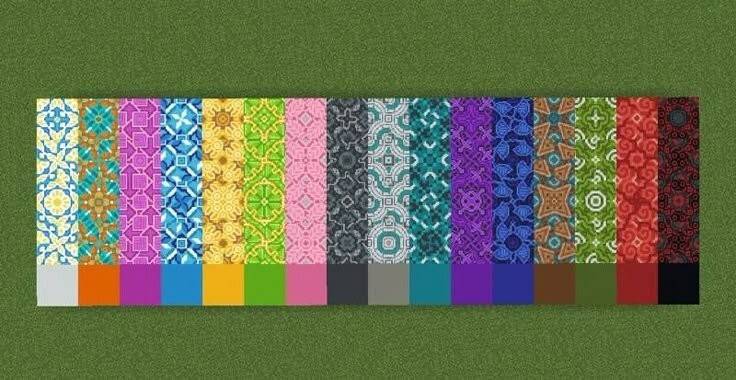 Image: pinterest.com
Image: pinterest.com
The Ideal Place for Gathering Terracotta
The Badlands biome emerges as the prime location for terracotta enthusiasts. This rare and visually striking biome is a natural treasure trove of terracotta, featuring layers of orange, green, purple, white, and pink. Here, you can harvest terracotta in large quantities without the need for smelting, making it an efficient source.
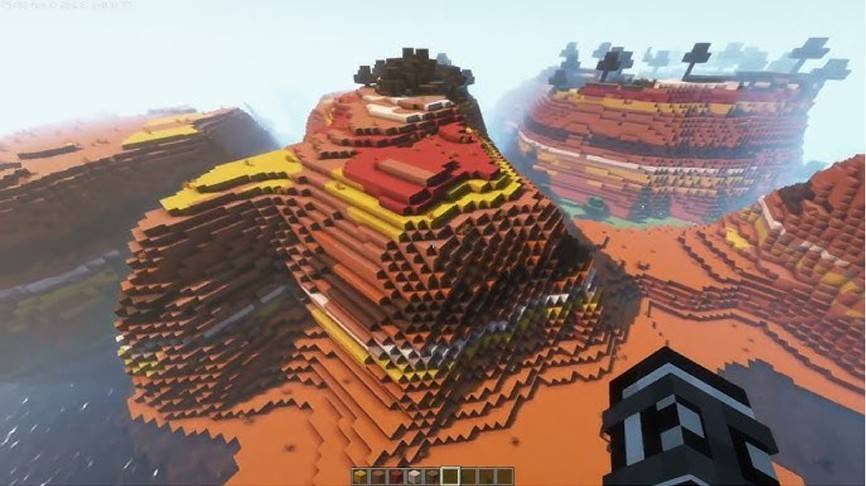 Image: youtube.com
Image: youtube.com
The Badlands also offer other resources like sandstone, sand, gold, and dead bushes, making it a hotspot for both building materials and crafting essentials. Its unique landscape is perfect for constructing colorful bases and gathering a variety of useful materials.
Types of Terracotta
Terracotta in its basic form boasts a brownish-orange hue, but its true versatility shines through when dyed. With sixteen different colors available, you can customize terracotta to fit any aesthetic by combining dyes with the block on a crafting table. For instance, adding purple dye will yield purple terracotta.
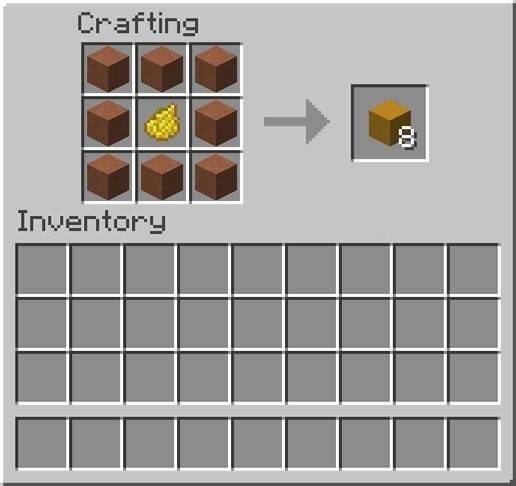 Image: ensigame.com
Image: ensigame.com
For a more sophisticated look, glazed terracotta can be crafted by smelting dyed terracotta in a furnace. These blocks feature unique patterns that can be arranged to create decorative motifs, enhancing both the aesthetic and functional aspects of your builds.
 Image: pinterest.com
Image: pinterest.com
How to Use Terracotta in Crafting and Construction
Terracotta's strength and color variety make it an excellent choice for both interior and exterior decoration. It's perfect for creating intricate patterns and ornaments, suitable for wall, floor, and roof cladding. In the Bedrock Edition, terracotta is used to craft mosaic panels, allowing for even more creative designs.
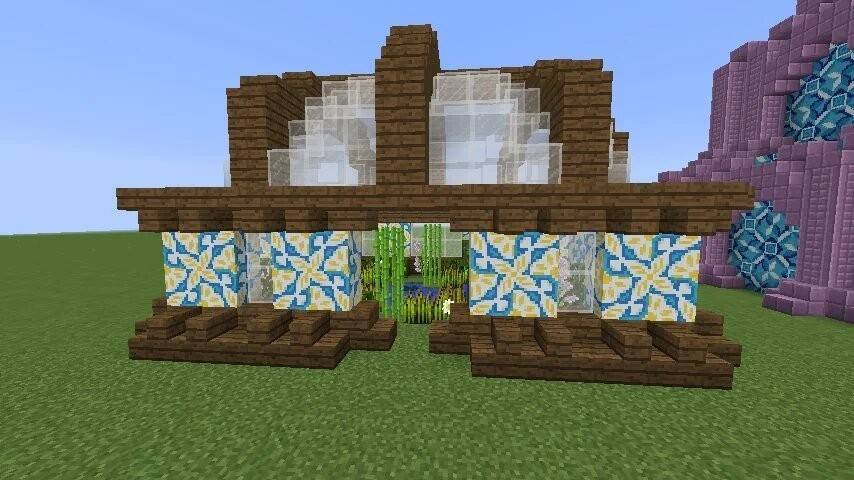 Image: reddit.com
Image: reddit.com
In Minecraft 1.20, terracotta also plays a role in customizing armor through the Armor Trim Smithing Template, adding a personal touch to your gear.
Availability of Terracotta in Different Versions of Minecraft
Terracotta is accessible in both Java and Bedrock Editions of Minecraft, with similar mechanics for obtaining it, though textures may vary slightly. In certain versions, master-level mason villagers offer terracotta in exchange for emeralds, providing an alternative source if the mesa biome is out of reach or if you prefer not to smelt clay.
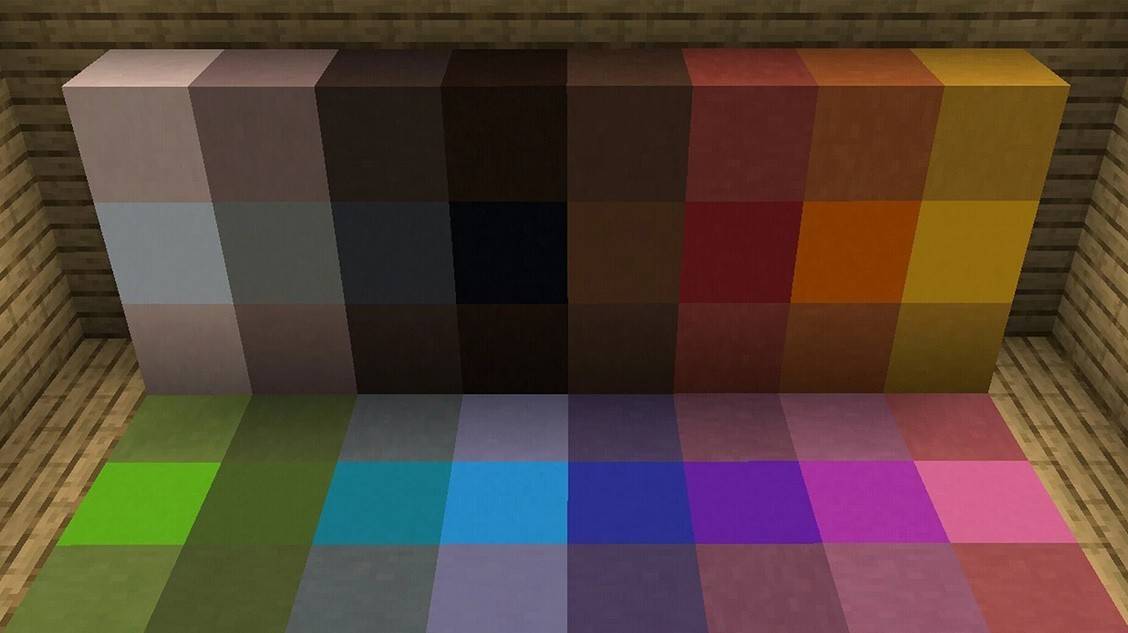 Image: planetminecraft.com
Image: planetminecraft.com
Terracotta is not just a building block; it's a canvas for creativity in Minecraft. Its durability, ease of acquisition, and the ability to dye it in various colors make it an essential material for any builder looking to add flair and functionality to their creations. So, dive into the world of terracotta and let your imagination run wild!

